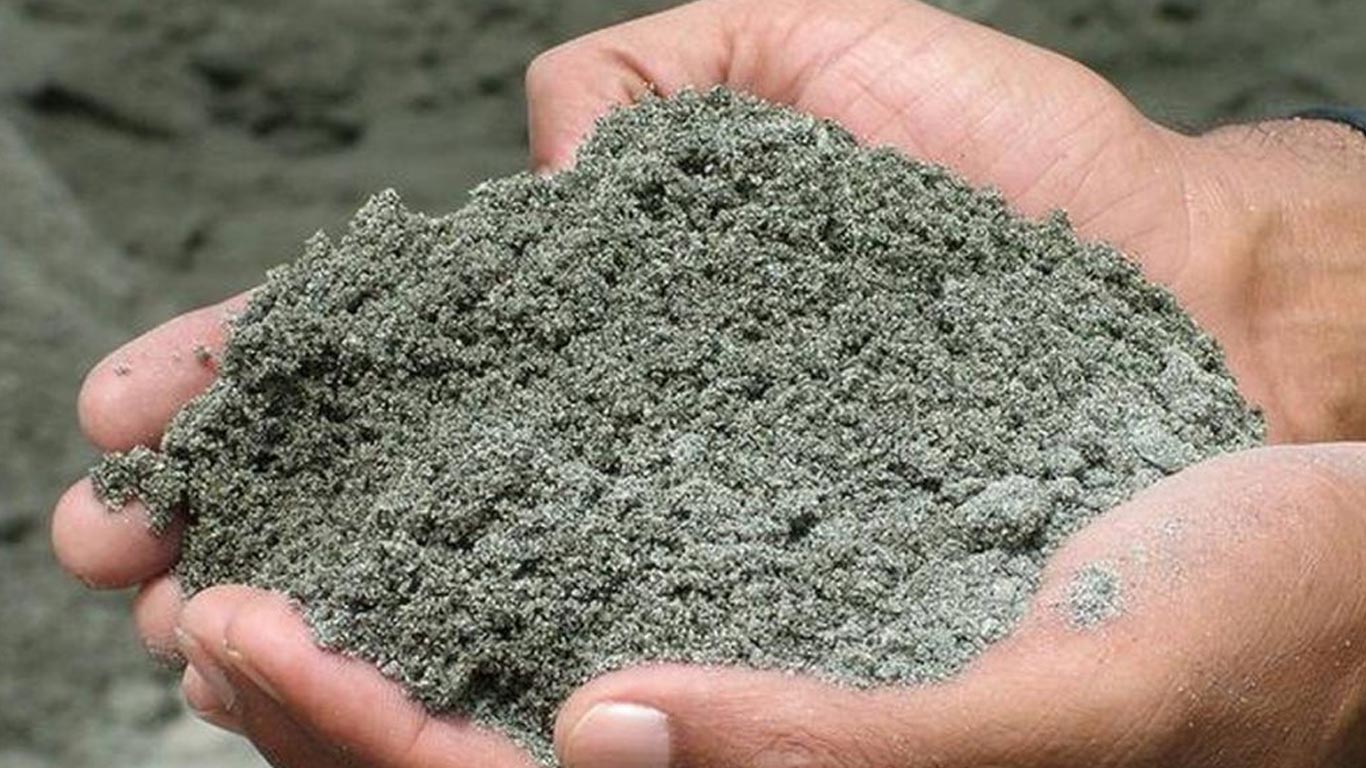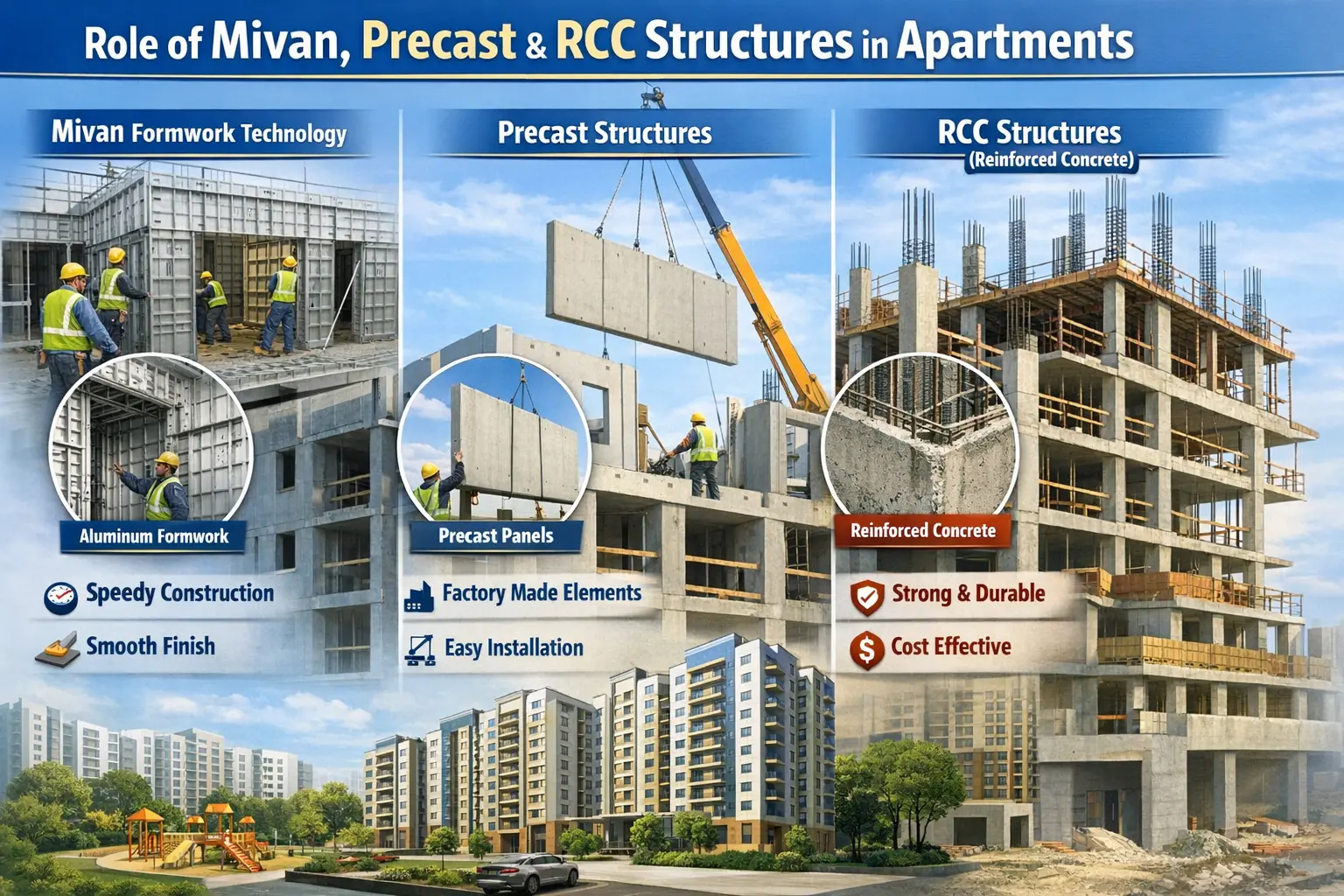You may Wonder why M Sand Works so Well in Construction?
What is M sand?
Manufactured sand (M sand) is artificial sand obtained from crushing hard stones into small sand-sized angular-shaped particles, washed and finely graded to be used as construction aggregate. It is an alternative to River Sand used for construction purposes.
M sand: Manufacturing process
The process is comparable to how rivers generate sand naturally. The Vertical Shaft Impactor (VSI) uses the principle of a high-velocity rock-on-rock impact to produce sand-sized particles. The plant's functional principle is based on a continuous feed in a circuit that is closed.
The sand obtained from this procedure is processed further by testing and washing to remove small particles and substances.
Finally, screening for dust particles and sand wash to remove minute particles is carried out.
Quarry blasting and rock extraction
↓
Primary crusher
↓
Secondary crusher
↓
Vertical shaft impactor (VSI) for cubical shaping
↓
Washing plant
↓
-4.75mm to 150mm is 383 zone II Gradation
Build faster with M-Sand
1.Speedy Setting
2.Minimal Flaws
3.Optimum Size
Build stronger with M-Sand
1.Increase Bond Strength
2.Higher Compressive Strength
3.Low Permeability
Build cheaper with M-Sand
1.Minimal Defects
2.Lower Royalty Rates
3.Use of a Bi-Product
Build greener with M-Sand
1.Extended Supply
2.Eco-friendly
3.Reduces River Bed Dredging
M-SAND, A BETTER SAND
Alternative to natural sand
When it comes to river sand, a faster rate of growth has increased the demand-supply disparity. As a result, M-Sand is a great option for meeting the needs of the building industry.
Growing demand for fine aggregates in construction
Sand contributes to 65 to 80% of the weight of concrete. M-Sand is an alternative to river sand because their bulk densities are equal. Furthermore, the ease of availability of M-Sand makes it the better option.
Transportation costs and remote location of sand leases
Licensed sand leases generating the requisite grade of sand are frequently located in remote regions, resulting in significant transportation expenses.
| BEST BUILDER FLOOR APARTMENT IN CHENNAI |
High-quality sand not readily available
If the sand is not processed to reduce clay and other elements to acceptable levels, it can be destructive to screed and concrete.
Lack of waste reduction strategy
Low-value aggregates manufactured as a byproduct of rock crushing can be efficiently processed to create a high-value product.
M sand advantages
High strength of concrete
Manufactured sand has the desired features such as shape, smooth texture, consistency, and fine gradation. These characteristics strengthen the concrete structure.
Improved quality of concrete
Sand helps in the production of higher-quality concrete because it contains less substances such as clay and dust. In addition, the use of produced sand lowers the risk of concrete faults such as segregation, bleeding, honeycombing, voids, and capillarity.
Durability of concrete
Since the sand is sourced from a certain grade of granite, it has the appropriate physical and chemical qualities for use in concrete buildings. Because of its particular qualities, artificial sand allows structures to resist extreme weather conditions and prevents reinforcement steel corrosion.
Better workability of concrete
Manufactured sand requires a lower water-to-cement ratio, resulting in workable concrete. It enhances the consistency of the concrete, improves its strength, and requires less work for mixing and placing concrete, resulting in increased productivity.
Economical
There is not any waste when there are not any contaminants. Furthermore, the cost of transporting M sand is 30% to 50% less than the cost of transporting river sand.
Eco-friendly
The use of manufactured sand reduces the requirement for dredging river beds to harvest river sand, which can have adverse ecological effects such as water depletion and an impact on dam and bridge stability.
Other advantages of M sand
- Using manufactured sand increases masonry strength by about 30%.
- M sand bonds with cement more effectively than natural sand's rounded particles. This is because artificial sand contains sharp-edged particles.
- Based on specific research, concrete built with M sand has a 6% to 9% greater compressive strength with a 12% to 15% greater flexural strength than a comparable quality with sand from rivers.
- Abrasion resistance is excellent in M sand.
Also Read: M SAND for Building Construction
M sand types
M sand for concreting:This type of M sand serves a purpose in concrete. The screen size as well as grain size is 150 microns - 4.75 mm. It complies with IS Code 383:1970.
M sand for plastering:This type of sand is commonly used in tiling and wall plastering. The screen size or grain size is 150 microns - 2.36 mm. It complies with IS Code 1542:1992.
M sand for brick or block work:This sand is mainly utilized in masonry, bricklaying, and blocklaying. The screen size or granule size is 150 microns - 3.55 mm. It complies with IS Code 2116: 1980.













